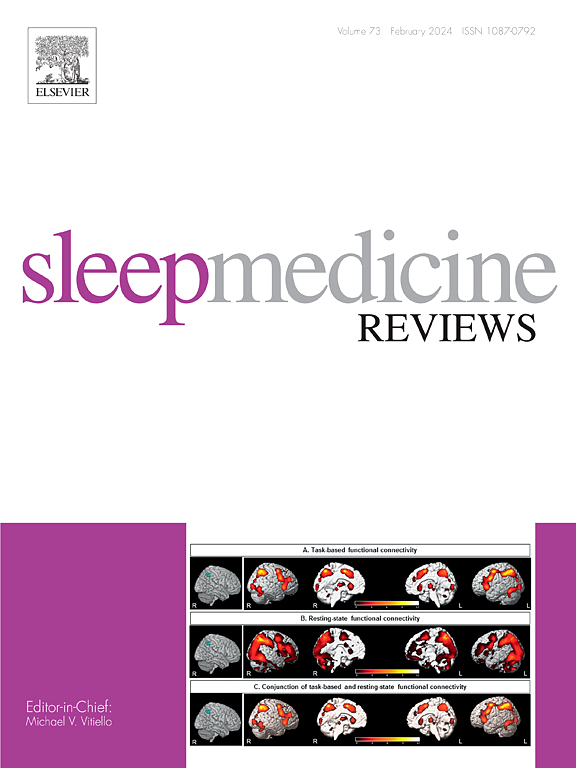午睡和中风之间不明显的联系:一项系统回顾和荟萃分析。
IF 9.7
1区 医学
Q1 CLINICAL NEUROLOGY
引用次数: 0
摘要
我们对小睡与中风风险之间关系的研究进行了荟萃分析和系统回顾。研究人员进行了两项搜索:在四个电子数据库中进行文献检索,检索从研究开始到2024年7月15日,考虑午睡时间与中风风险之间关系的已发表文章与参考组(不午睡)(n = 13)的文献。第二个搜索分析了午睡的不同特征(如频率、轻度或重度午睡、计划或非计划午睡等)和中风风险(n = 7)。我们发现这些研究在方法上存在很大差异。一些出版物报道了一个以上的效应量。这些差异使我们能够建立描述午睡和中风之间联系的模型。我们使用漏斗图来估计发表偏倚,并采用随机效应模型进行分析。小睡时间与中风风险显著相关;小睡1-30分钟的优势比(OR)为1.27,而小睡90分钟的优势比为1.79。突变的森林图被用来可视化整体效果。我们描述了与高血压、糖尿病、轻度炎症和其他中风风险因素增加相关的病理机制。本文章由计算机程序翻译,如有差异,请以英文原文为准。
Nonobvious connections between napping and stroke: a systematic review and meta-analysis
We present a meta-analysis and systematic review of research on the relationships between various aspects of naps and stroke risk. Two searches were conducted: a bibliographic search in four electronic databases for published articles that considered associations between the duration of napping and stroke risk versus a reference group (who did not nap) (n = 13) from inception up to July 15, 2024. The second search analyzed different features of napping (e.g., frequency, mild or severe napping, planned or unplanned, etc.) and stroke risk (n = 7). We found that the studies were very methodologically heterogeneous. Several publications reported more than one effect size. These differences allowed us to build models that describe the associations between napping and stroke. We used a funnel plot to estimate publication bias and employed a model of random effects for the analysis. The duration of naps was significantly associated with stroke risk; naps of 1–30 min had an odds ratio (OR) of 1.27, whereas naps >90 min had an OR of 1.79. Mutated forest plots were used to visualize the overall effects. We describe the pathomechanisms associated with an increased risk of hypertension and diabetes, mild inflammation, and other risk factors for stroke.
求助全文
通过发布文献求助,成功后即可免费获取论文全文。
去求助
来源期刊

Sleep Medicine Reviews
医学-临床神经学
CiteScore
20.10
自引率
3.80%
发文量
107
期刊介绍:
Sleep Medicine Reviews offers global coverage of sleep disorders, exploring their origins, diagnosis, treatment, and implications for related conditions at both individual and public health levels.
Articles comprehensively review clinical information from peer-reviewed journals across various disciplines in sleep medicine, encompassing pulmonology, psychiatry, psychology, physiology, otolaryngology, pediatrics, geriatrics, cardiology, dentistry, nursing, neurology, and general medicine.
The journal features narrative reviews, systematic reviews, and editorials addressing areas of controversy, debate, and future research within the field.
 求助内容:
求助内容: 应助结果提醒方式:
应助结果提醒方式:


